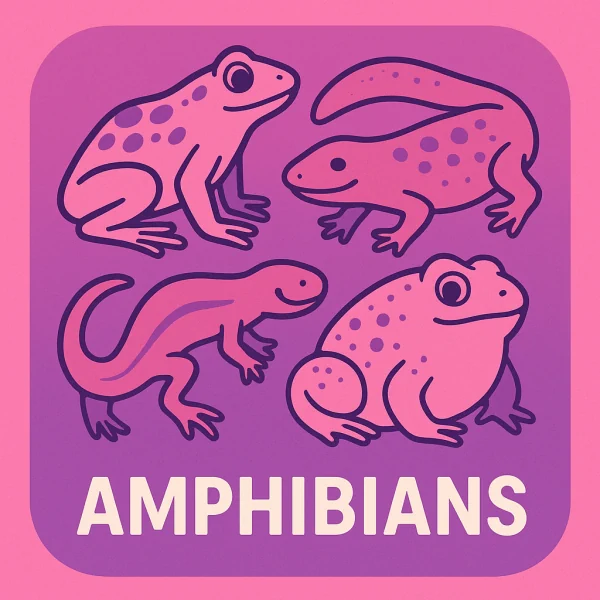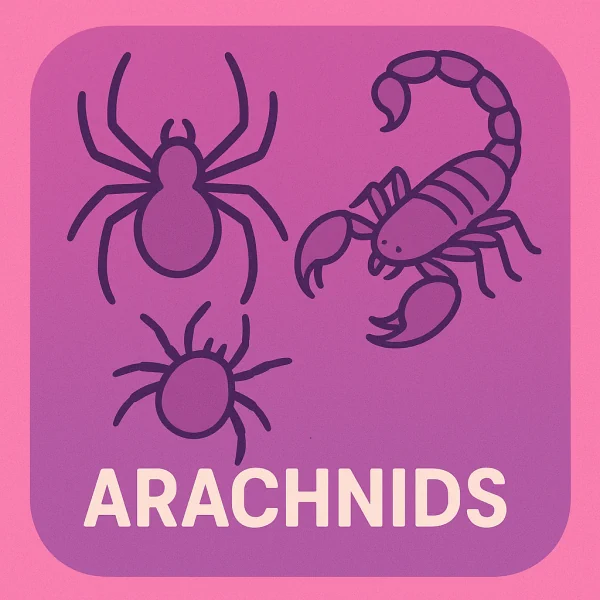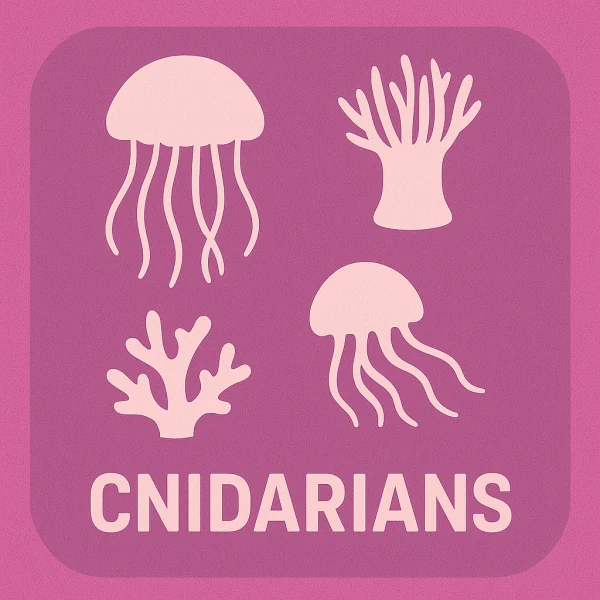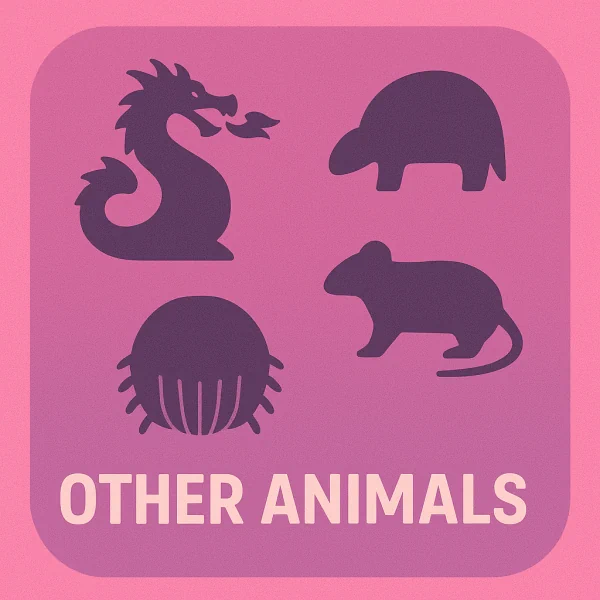
Mammals
Warm-blooded vertebrates with hair, mammary glands, and complex behaviors. Includes humans, primates, carnivores, and marine mammals.
Comprehensive encyclopedia covering 3+ million animal species with detailed taxonomy, facts, and scientific information
Discover millions of species organized by scientific classification

Warm-blooded vertebrates with hair, mammary glands, and complex behaviors. Includes humans, primates, carnivores, and marine mammals.

Feathered vertebrates with beaks, wings, and the ability to fly (in most cases). From tiny hummingbirds to massive eagles.

Cold-blooded vertebrates that live both on land and in water. Includes frogs, toads, salamanders, and newts.

The most diverse group with over 1 million species. Includes beetles, butterflies, ants, bees, and countless others.

Eight-legged arthropods including spiders, scorpions, ticks, and mites. Diverse predators and parasites.

Soft-bodied invertebrates often with shells. Includes snails, clams, octopuses, and squids.

Segmented worms including earthworms, leeches, and marine polychaetes. Important for soil health and ecosystems.

Aquatic animals with stinging cells. Includes jellyfish, corals, sea anemones, and hydroids.

Marine animals with radial symmetry. Includes starfish, sea urchins, sea cucumbers, and brittle stars.

Diverse animal groups including sponges, flatworms, nematodes, and many other fascinating phyla.
Welcome to the most comprehensive animal encyclopedia on the web. Our database contains detailed information about over 3 million animal species from around the world, organized by scientific classification.
Complete taxonomic classification with scientific names and authorities
Species from every continent and ocean, from Arctic to Antarctic
Detailed facts about habitat, behavior, diet, and conservation status
Hierarchical structure: Class → Order → Family → Species
The animal kingdom is incredibly diverse, with millions of species inhabiting every corner of our planet. To make sense of this vast biodiversity, scientists use a hierarchical classification system that groups animals based on their evolutionary relationships and shared characteristics.
Our encyclopedia follows the Linnaean system of classification, organizing animals from broad categories to specific species:
Each major animal group has unique characteristics that distinguish it from others. Mammals are warm-blooded vertebrates that nurse their young with milk. Birds are feathered dinosaurs that evolved the ability to fly. Amphibians live both on land and in water. Insects are the most diverse group with over 1 million species. Arachnids include spiders and scorpions. Mollusks are soft-bodied invertebrates like snails and octopuses. Annelids are segmented worms. Cnidarians include jellyfish and corals. Echinoderms are starfish and sea urchins. Other Animals encompass many fascinating phyla.
Understanding and documenting Earth's animal diversity is crucial for conservation, scientific research, and appreciating the natural world. Many species face threats from habitat loss, climate change, and human activities. By learning about animals and their ecological roles, we can better protect them for future generations.